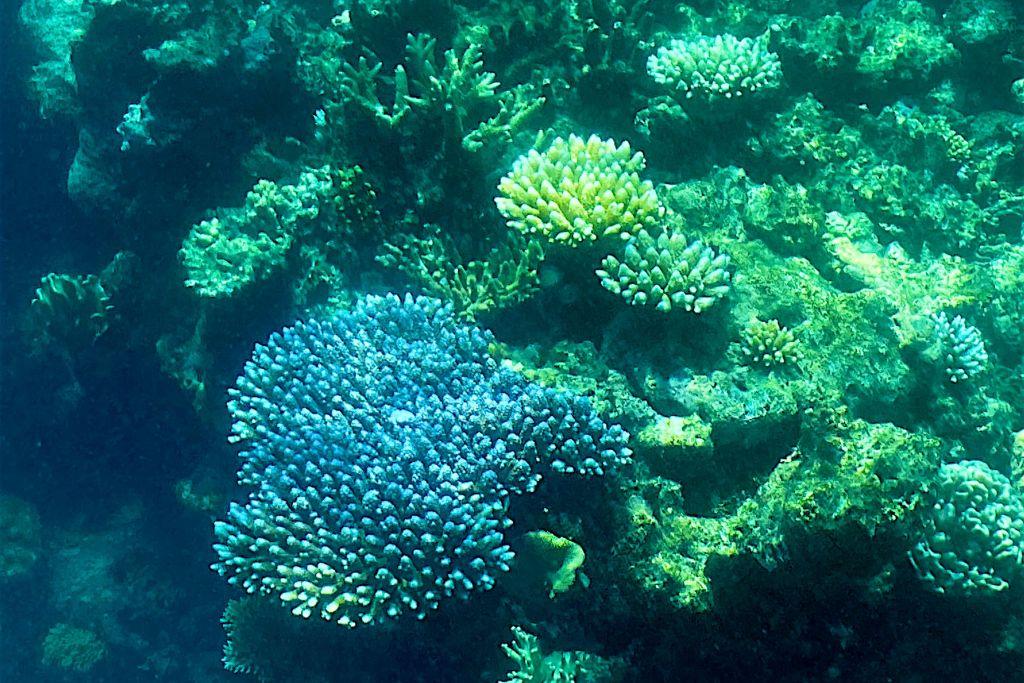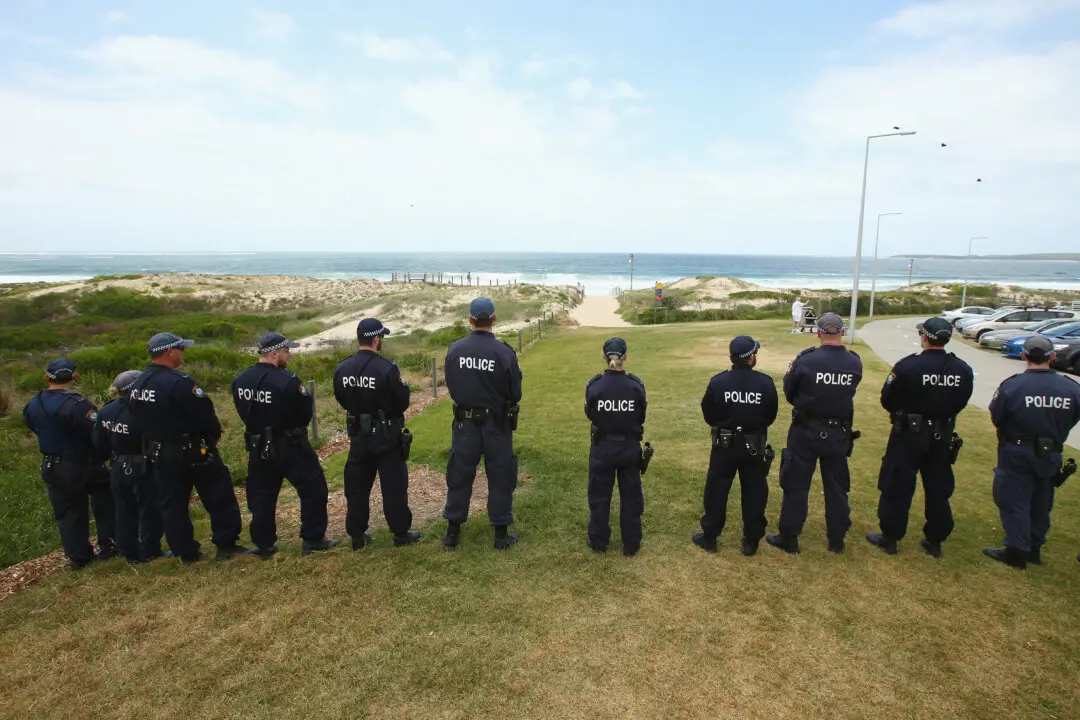Damage to the Great Barrier Reef will in future, be reported on a new scale ranging from one to five, similar to how tropical cyclone strength is reported, under a new framework announced by the Great Barrier Reef Marine Park Authority on Feb. 20.
A ranking of five would indicate a widespread bleaching event on the reef.





